Nikon D5, Sigma 35mm ƒ/1.4 DG Art, ISO 1400, ƒ/1.4, 1/200
If photographers would take photos the way, they write, all of their images would most likely be ten times better in quality.
So many people pick up their cameras and point and shoot. Just try and do that with writing. Go ahead and try it. Pick up the pencil or pen and write.
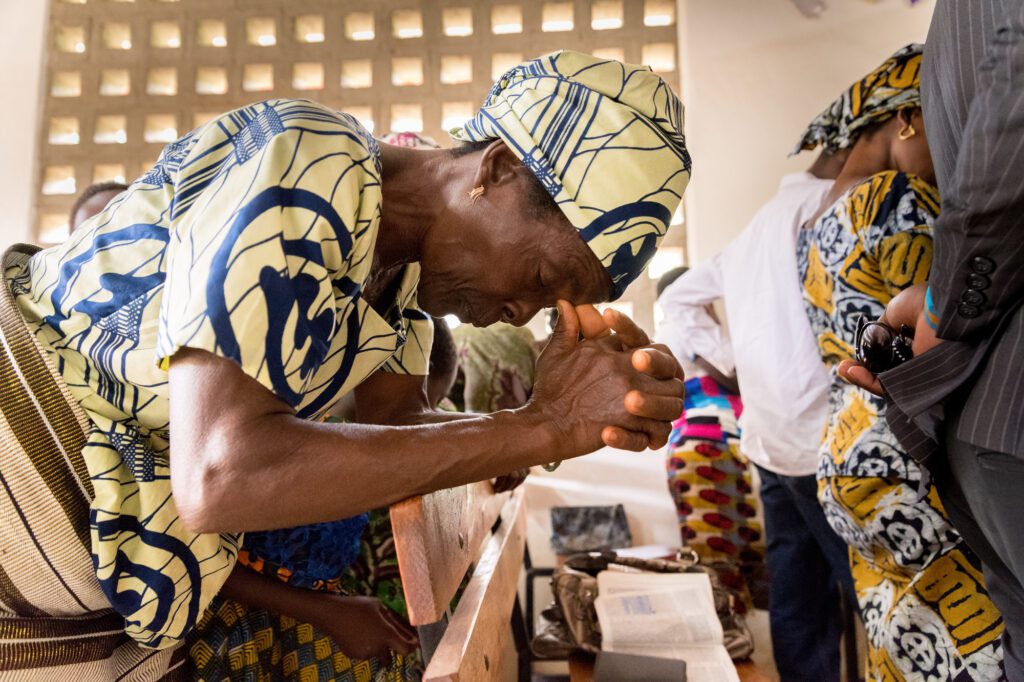
How is that working for those of you who use the “Spray & Pray” methodology? Your percentage of a photo you like is probably better than just clicking one time and moving on.
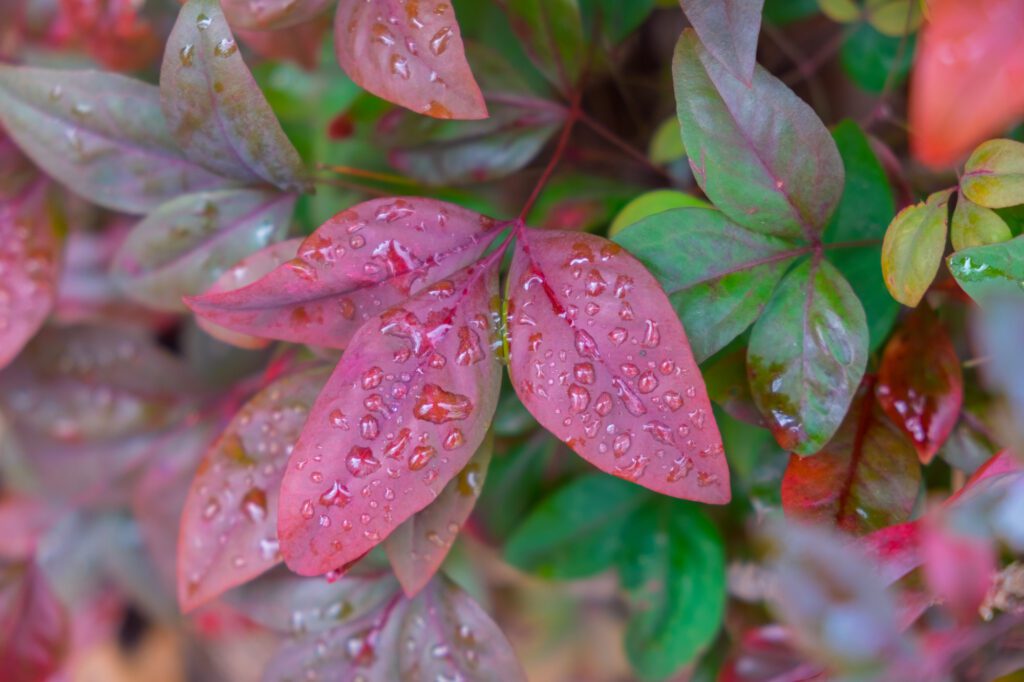
The famous photographer Ansel Adams’s first chapter in his very first book was about the concept of previsualization in photography, where the photographer can see the final print before the image has been captured. Adams often says, “Visualization is the single most important factor in photography.”
Adams was referring to not just what was in front of the camera but rather his interpretation of what was in front of him to the print before he clicked the shutter.
Most photographers are not producing work like Ansel Adams because very few have taken the time to think about what they are trying to capture and say with their photos.
Previsualization is applied to techniques such as storyboarding, either in charcoal-drawn sketches or digital technology in planning and conceptualizing movie scenery makeup.
The advantage of previsualization is that it allows a director, cinematographer, or VFX Supervisor to experiment with different staging and art direction options—such as lighting, camera placement and movement, stage direction, and editing—without having to incur the costs of actual production. The directors work with actors in the visual effects department or dedicated rooms on the larger budget project.
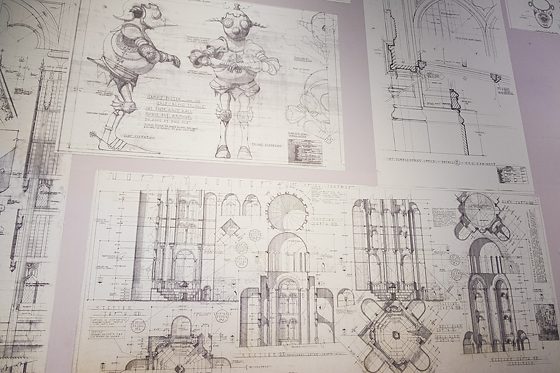
At the Warner Bros. Studio Tour London, they have displayed the sketches, which then are turned into models like here.

After they have done this then they make the actual set that will be used in the movie as you see here for Diagon Alley.
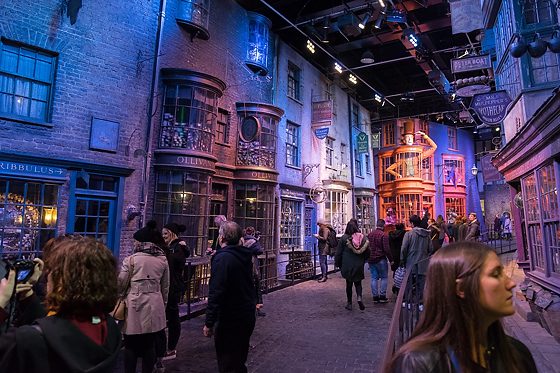
Now compare this set to the street of Cecil Court that most likely inspired J. K. Rowling for Diagon Alley.
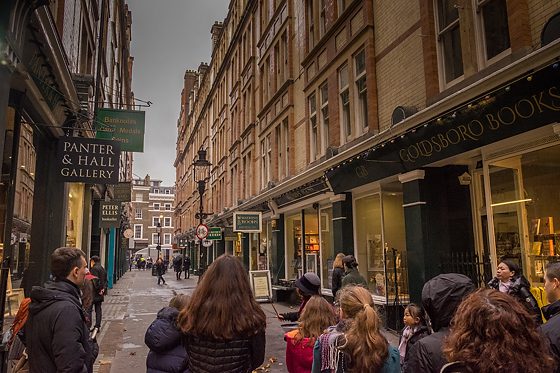
This is why Harry Potter the movie is a little more exciting than the just point and shoot of the tourist that I was on Cecil Court. The street has been the inspiration and then the artists create their vision of what they want to use to convey a mood for a story.

Even in sports, the creative photographer is anticipating. I am downfield, waiting for the action to come to me. I have thought about where I need to be and what I want to capture.
TIP FOR BETTER PHOTOS!
Treat the camera like a pen. Before picking it up and putting it to your eye, have some idea of the sentence you will write. If you don’t, you will only have gibberish, which is why your photos don’t work. You didn’t know why you took the picture, and no one else will.
Take this one step further and consider the caption that will also accompany that photograph. This will help you know what you are trying to say with your photo.

